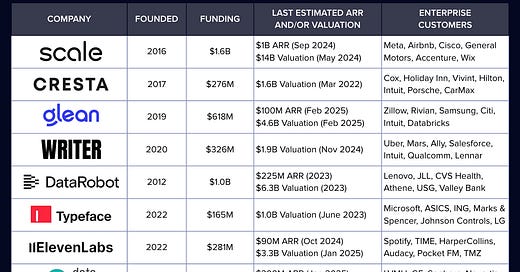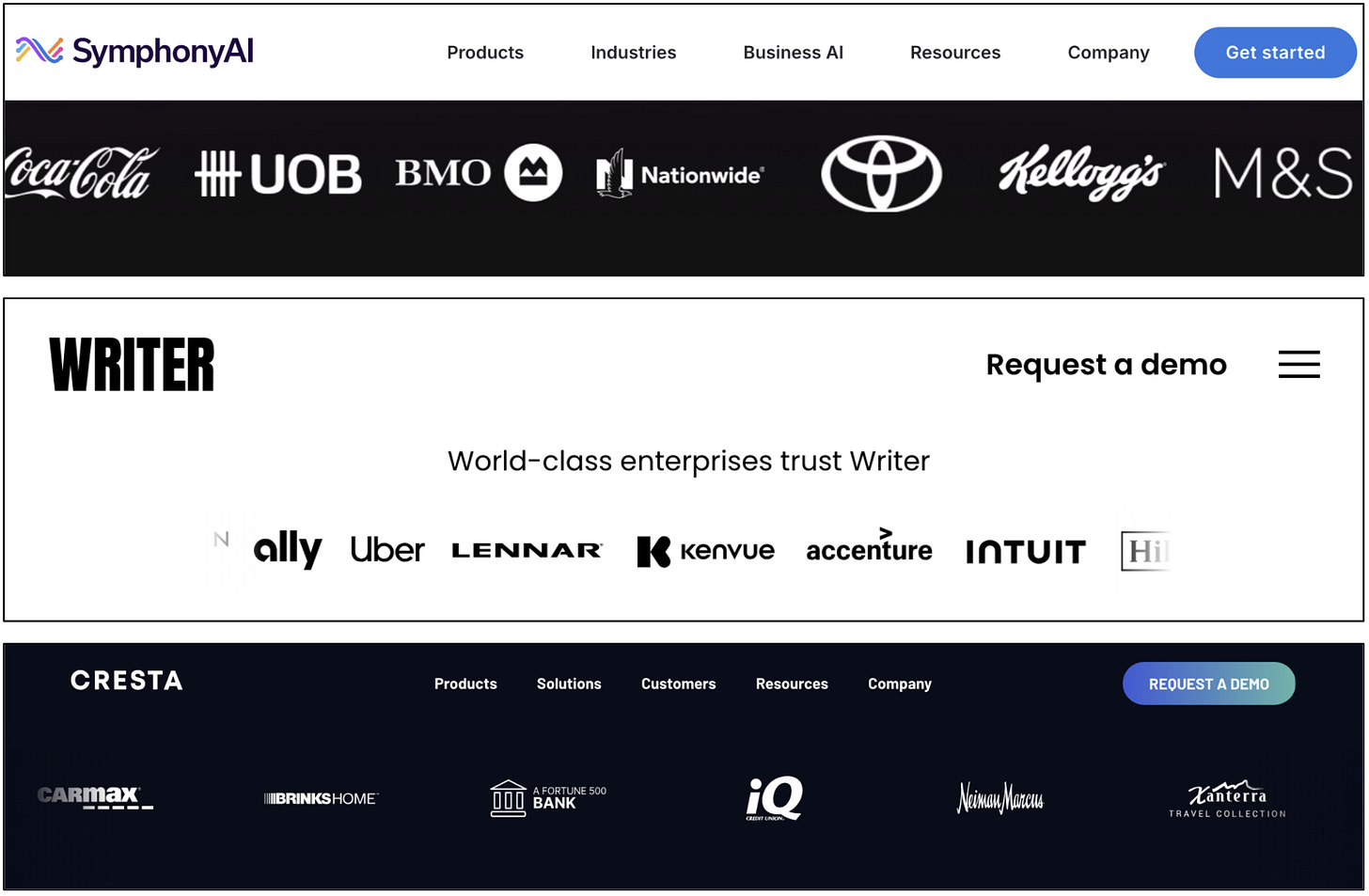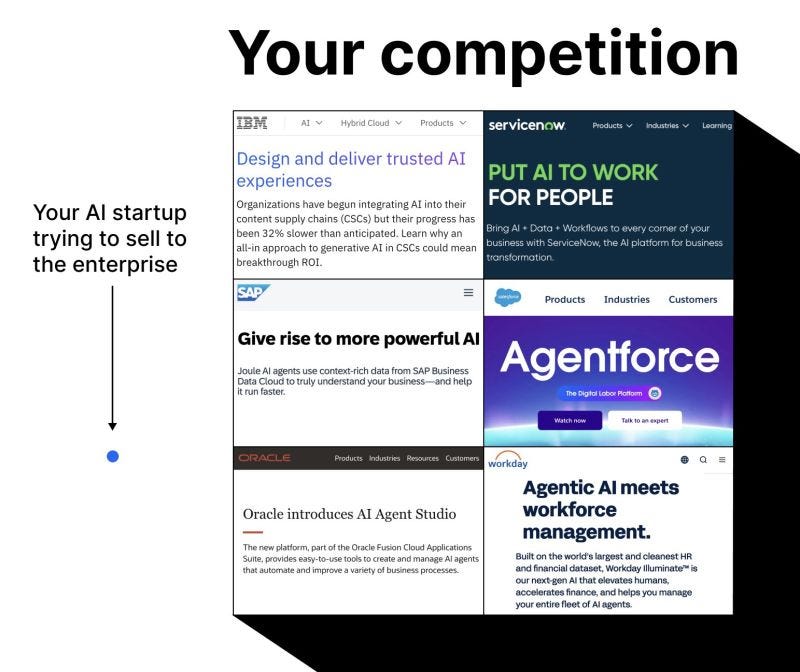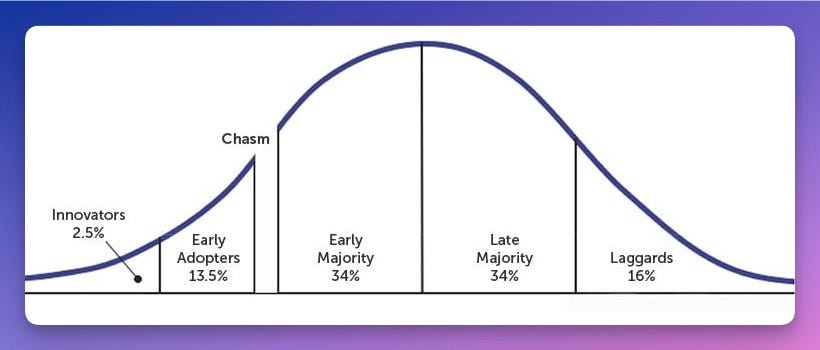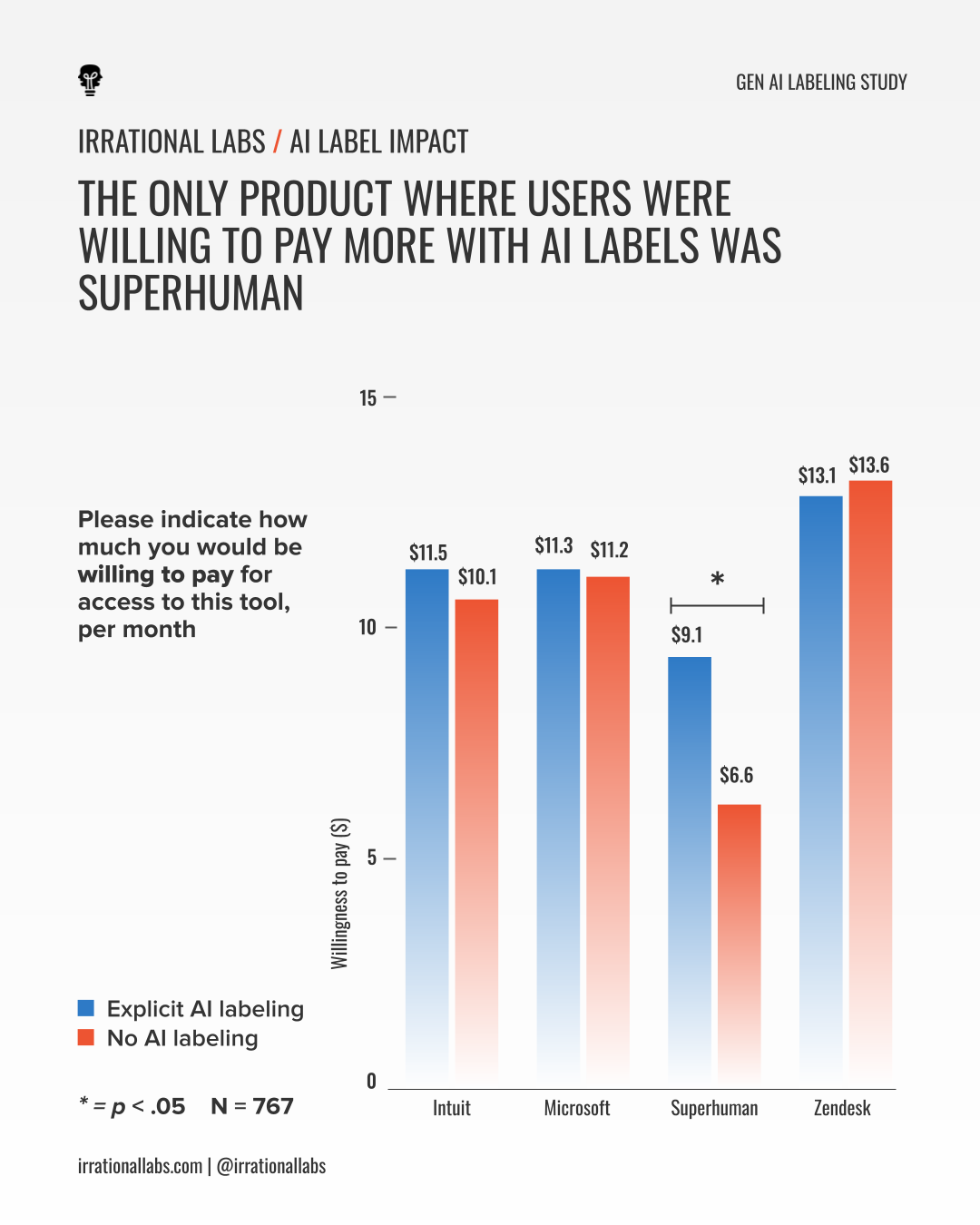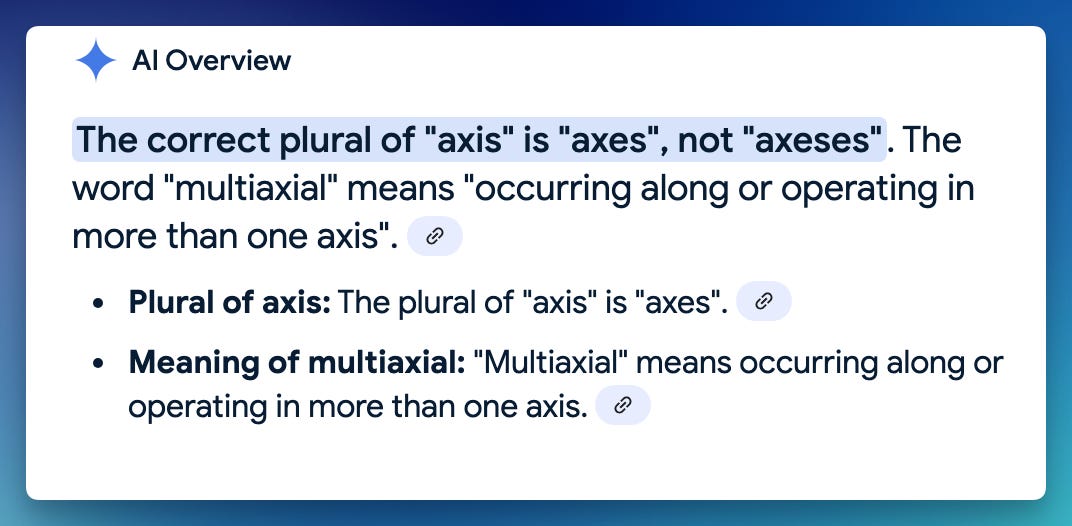AI + Enterprise GTM strategies
12 leaders with 234+ enterprise logos. 3 anti-spray and pray approaches.
I’m amazed how fast AI-Native companies have won enterprise accounts.
It’s no surprise that tech startups are adopting AI. But enterprises are usually slower to embrace new paradigms. This one feels different.
As GTM leaders, I think we can assume a few things:
1.) The opportunity is huge. In fact, the TAM for Enterprise AI could be much bigger than Enterprise SaaS (Aaron Levie lays out a compelling argument here).
Traditional SaaS limited by 3-7% IT budgets
Services markets are often 100× larger than related software categories.
If AI solves problems directly, it goes beyond IT-only TAM.
The net could be 5-10x bigger if 20% productivity gains are realizes.
2.) It will be very competitive. Everyone is playing here. Well funded startups, SaaS 1.0 transitioning to AI, and every software incumbent has a play. Anthony nailed it with this graphic. 👇
3.) GTM strategy required. This isn’t a market where you can spray and pray — it requires focus and precision.
So what should we do?
If I was marketing an AI solution to enterprises, here are 3 things I’d do to help get focused.
1) Study the early leaders' GTM strategies
Companies like Cresta, Writer, Scale, and ElevenLabs have secured enterprise logos in record time and posted big numbers. These are great case studies.
You can get a really good sense about their market definitions, pricing, positioning, and targeting from their public presence. It’s worth playing back the tape and asking:
Where do they play?
How are they positioning against incumbents?
What's their pricing approach?
Where do you fit relative to these?
Side note: If you want a bigger dataset of these “AI for Enterprise” companies to study, reply and I’ll pull it together.
2) Segment by AI use case and maturity
If your target market is "Tech, Financial Services, or Retail with 1000+ employees" that’s like saying “we sell to companies with money.” You won't rise above the noise.
The classic Geoffrey Moore principles are going to be very important for AI startups. Enterprises will be very widely dispersed on the adoption curve. And their AI urgency, maturity, readiness, and sophistication will likely differ by use case or function.
The answer is to get specific with strategic segmentation. I see two compelling axes for segmenting the AI Enterprise opportunity:
Map targets to an AI Maturity Index. This will expose different levels of sophistication & adoption across segments.
Segment on specific use cases — e.g. Document processing for compliance-sensitive orgs, customer service AI for high-volume B2C, predictive AI for asset-heavy industries.
The winners will understand their customer success through these specific lens. Then they will target segments at the right maturity level, with the right use cases, not generic industry groups. When you look at the $100M ARR winners, this focus shows.
3) Position value over features
Kyle Poyar and Kristen Berman did a great study on this. Take-away: Slapping "AI" on your website doesn't work. They showed that sprinkling AI into your product messaging very rarely impact on willingness to pay or trust.
Enterprises don't want "an AI solution" or buzzwords. They want business outcomes like:
30% reduction in document processing time.
25% improvement in first-call resolution rates.
40% decrease in content production costs.
This is obvious, but easy to lose track. I know because I think these AI features are super shiny and cool and I want to sell features! But resist the urge.
The winners will show how they coordinate AI capabilities to solve specific problems.
Wrap-Up
I'm excited to see how this unfolds. As the market matures, the winners won't just have the best technology — they'll have the clearest understanding of their customer, the sharpest targeting, and the most compelling positioning.
P.S.
I’m just glad that AI saved me from blundering this plural for axis. Seriously considered axises or axeses or something. 🪓📈
Want to make my day? Leave a rating or review for our new podcast on Apple Podcasts.


